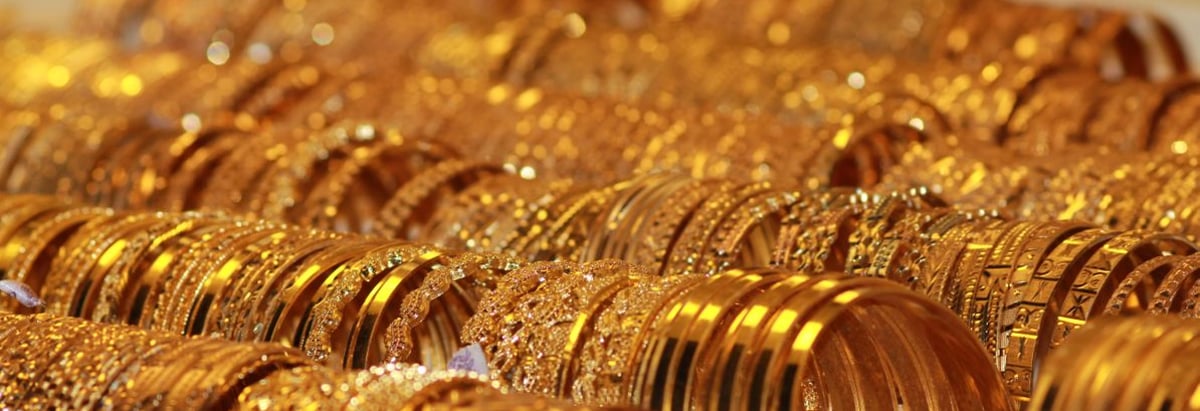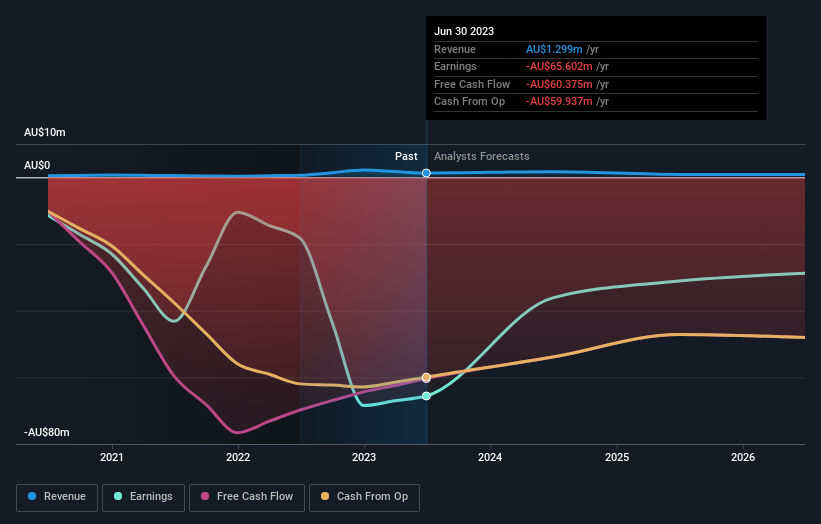Stock Analysis
- Australia
- /
- Metals and Mining
- /
- ASX:CHN
Both retail investors who control a good portion of Chalice Mining Limited (ASX:CHN) along with institutions must be dismayed after last week's 11% decrease

Key Insights
- The considerable ownership by retail investors in Chalice Mining indicates that they collectively have a greater say in management and business strategy
- The top 11 shareholders own 51% of the company
- Insiders own 14% of Chalice Mining
To get a sense of who is truly in control of Chalice Mining Limited (ASX:CHN), it is important to understand the ownership structure of the business. And the group that holds the biggest piece of the pie are retail investors with 44% ownership. In other words, the group stands to gain the most (or lose the most) from their investment into the company.
While the holdings of retail investors took a hit after last week’s 11% price drop, institutions with their 41% holdings also suffered.
Let's take a closer look to see what the different types of shareholders can tell us about Chalice Mining.
View our latest analysis for Chalice Mining

What Does The Institutional Ownership Tell Us About Chalice Mining?
Institutions typically measure themselves against a benchmark when reporting to their own investors, so they often become more enthusiastic about a stock once it's included in a major index. We would expect most companies to have some institutions on the register, especially if they are growing.
Chalice Mining already has institutions on the share registry. Indeed, they own a respectable stake in the company. This suggests some credibility amongst professional investors. But we can't rely on that fact alone since institutions make bad investments sometimes, just like everyone does. When multiple institutions own a stock, there's always a risk that they are in a 'crowded trade'. When such a trade goes wrong, multiple parties may compete to sell stock fast. This risk is higher in a company without a history of growth. You can see Chalice Mining's historic earnings and revenue below, but keep in mind there's always more to the story.

Hedge funds don't have many shares in Chalice Mining. Timothy Rupert Goyder is currently the largest shareholder, with 10% of shares outstanding. For context, the second largest shareholder holds about 7.6% of the shares outstanding, followed by an ownership of 6.4% by the third-largest shareholder. In addition, we found that Alexander Dorsch, the CEO has 1.5% of the shares allocated to their name.
A closer look at our ownership figures suggests that the top 11 shareholders have a combined ownership of 51% implying that no single shareholder has a majority.
While it makes sense to study institutional ownership data for a company, it also makes sense to study analyst sentiments to know which way the wind is blowing. There are a reasonable number of analysts covering the stock, so it might be useful to find out their aggregate view on the future.
Insider Ownership Of Chalice Mining
The definition of an insider can differ slightly between different countries, but members of the board of directors always count. Company management run the business, but the CEO will answer to the board, even if he or she is a member of it.
Insider ownership is positive when it signals leadership are thinking like the true owners of the company. However, high insider ownership can also give immense power to a small group within the company. This can be negative in some circumstances.
It seems insiders own a significant proportion of Chalice Mining Limited. Insiders own AU$53m worth of shares in the AU$385m company. We would say this shows alignment with shareholders, but it is worth noting that the company is still quite small; some insiders may have founded the business. You can click here to see if those insiders have been buying or selling.
General Public Ownership
The general public, who are usually individual investors, hold a 44% stake in Chalice Mining. This size of ownership, while considerable, may not be enough to change company policy if the decision is not in sync with other large shareholders.
Next Steps:
It's always worth thinking about the different groups who own shares in a company. But to understand Chalice Mining better, we need to consider many other factors. Like risks, for instance. Every company has them, and we've spotted 3 warning signs for Chalice Mining (of which 1 is a bit unpleasant!) you should know about.
But ultimately it is the future, not the past, that will determine how well the owners of this business will do. Therefore we think it advisable to take a look at this free report showing whether analysts are predicting a brighter future.
NB: Figures in this article are calculated using data from the last twelve months, which refer to the 12-month period ending on the last date of the month the financial statement is dated. This may not be consistent with full year annual report figures.
Valuation is complex, but we're helping make it simple.
Find out whether Chalice Mining is potentially over or undervalued by checking out our comprehensive analysis, which includes fair value estimates, risks and warnings, dividends, insider transactions and financial health.
View the Free AnalysisHave feedback on this article? Concerned about the content? Get in touch with us directly. Alternatively, email editorial-team (at) simplywallst.com.
This article by Simply Wall St is general in nature. We provide commentary based on historical data and analyst forecasts only using an unbiased methodology and our articles are not intended to be financial advice. It does not constitute a recommendation to buy or sell any stock, and does not take account of your objectives, or your financial situation. We aim to bring you long-term focused analysis driven by fundamental data. Note that our analysis may not factor in the latest price-sensitive company announcements or qualitative material. Simply Wall St has no position in any stocks mentioned.
About ASX:CHN
Flawless balance sheet low.

